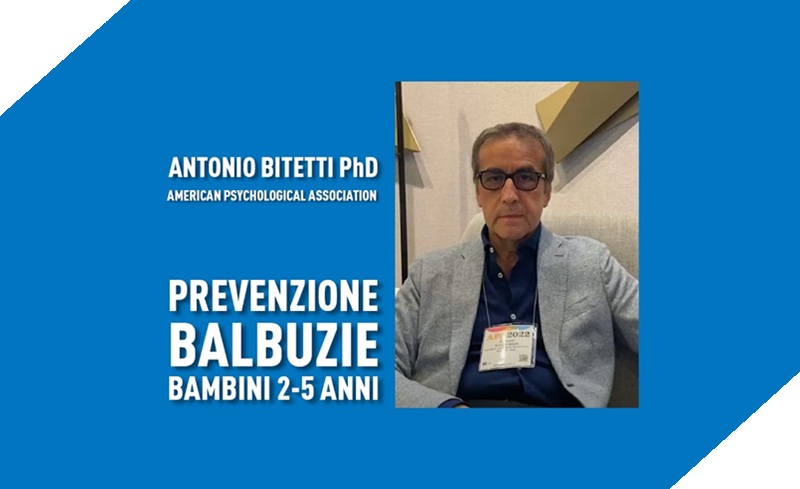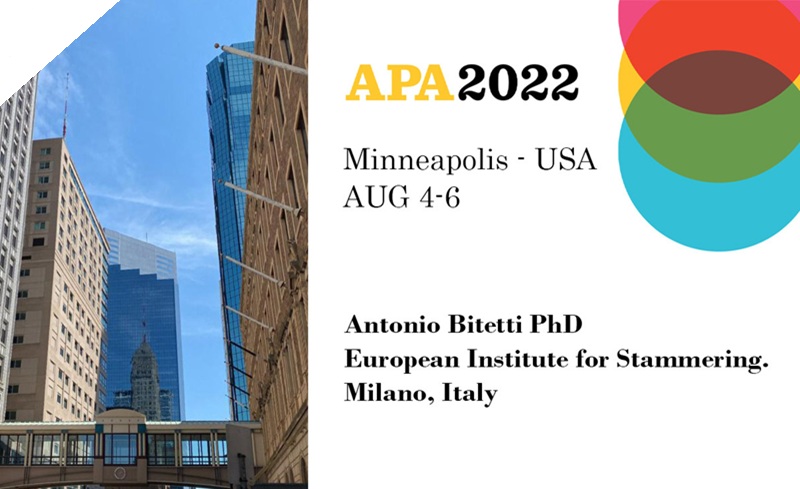Usually, when a family with a child with primary stuttering turns to public health facilities, they are told that it is necessary to wait until school age to be able to intervene. In fact, until recently, it was necessary to wait until a child reached the age of 6 for him to be taken in charge by voice professionals to receive the first treatments. Until that time, families and their children had to be patient and suffer in silence.
For some years, this has no longer been the case. Through the research I have conducted, even small or very small children can peacefully overcome their discomfort by taking advantage of the specific treatments I was the first to introduce in Italy and Europe. It was an intuition dictated by continuous requests for help from families with children who are disfluent and too young to be treated with speech therapy methods.
The Integrated Approach aimed at treating so-called primary stuttering, which represents an initial phase of stuttering, is proposed to avoid the phenomenon of chronicity of the disorder and to avoid useless and sterile suffering, both in the child who directly experiences the discomfort and in the family, passive spectator of the situation.
These studies represent an absolute novelty in the current panorama of research on childhood stuttering. Preventive therapy for stuttering is specifically aimed at parents and not at the disfluent child, who receives the benefit of the therapeutic approach, directly from them, under my careful guidance and supervision. The results so far are nothing short of exceptional and all the cases treated underline the value of this type of intervention.
Now, even children aged 3-4 and 5 affected by primary stuttering, or childhood stuttering as others define it, can be treated without any contraindications and families can thus regain their serenity. As is often said in these cases: “Prevention is better than cure” and in fact, by addressing this disorder early, negative repercussions are avoided, both in the child and in the parents.
In this video of a 3 and a half year old girl, you can see a bending of the trunk in the maximum expression of difficulty in trying to express herself. The girl in question was going through a difficult period in the family dynamics and obviously her stuttering represented a powerful defense mechanism to the emergence of strong aggressive dynamics regarding the situation she was facing.
The bending of the trunk expresses all the difficulty of the girl in trying to find the right energy to support the language, but she cannot find it because she is strongly blocked by the aggressive value that at that moment the girl was giving to her language. Language should not be loaded with strong psychological connotations.
In the case of the stutterer, however, it is exactly like this. The mouth becomes the target organ of negative emotions and this aspect compromises the serenity and the necessary fluidity to speak. This is why stuttering cannot be defined as a language problem. It is indirectly a language problem because it is really a problem of control of phonation, regarding underlying emotions strongly imbued with anger.



